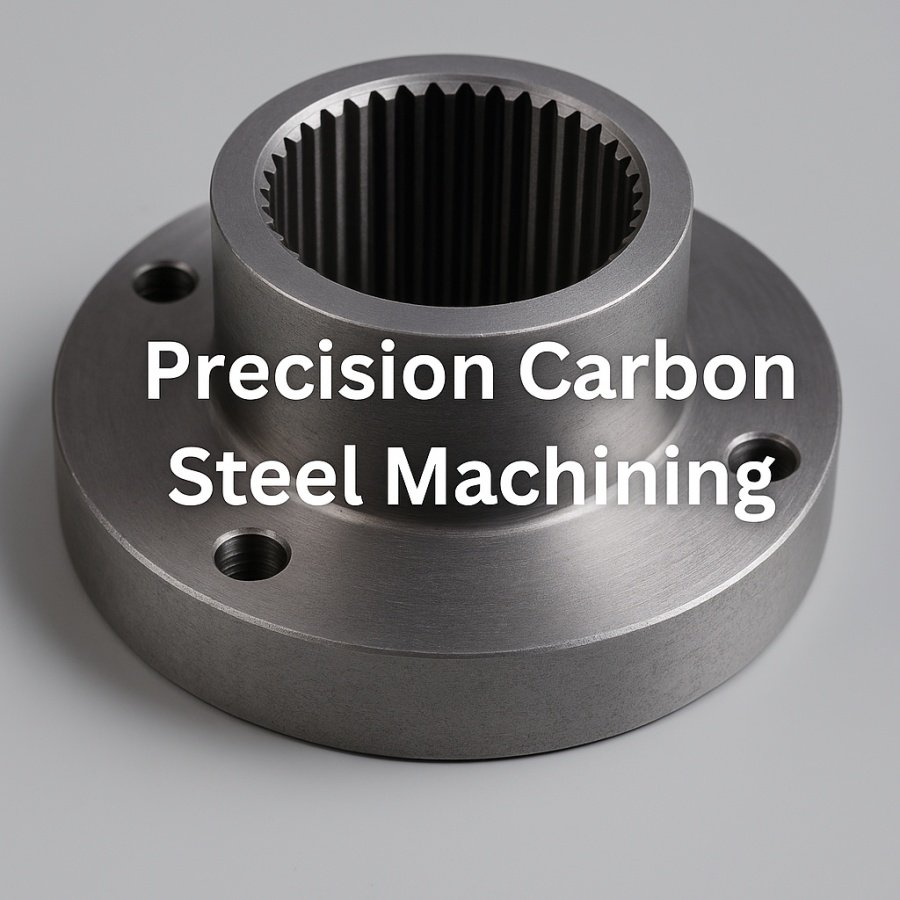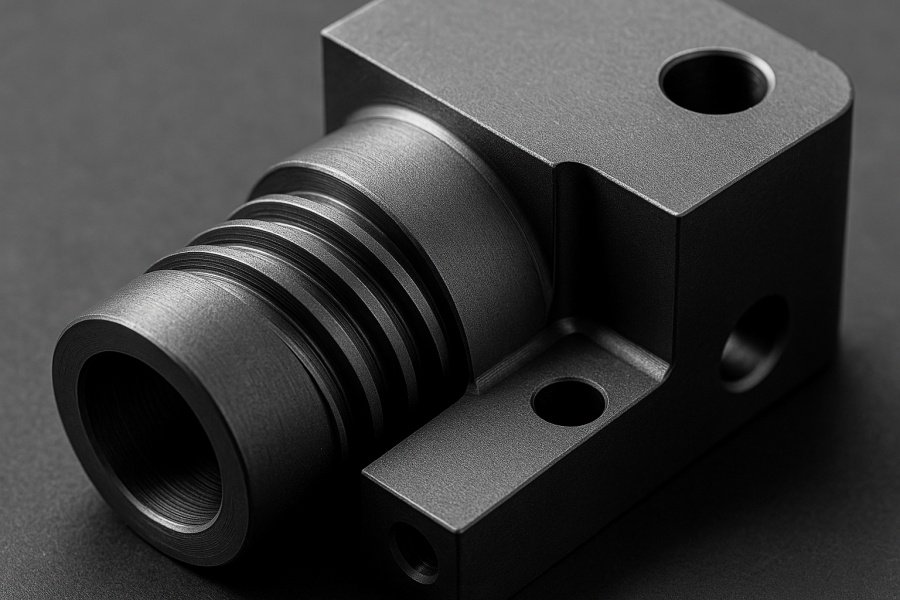Introduction
When a design moves from CAD to production, material selection and dimensional accuracy define whether the finished part performs as intended. In precision carbon steel machining, every cut, feed rate, and tolerance decision shapes the final component’s strength and longevity. Carbon steel’s excellent machinability and mechanical properties make it a popular choice for gears, fixtures, brackets, and industrial machinery. Yet understanding how it compares with alloys such as stainless steel 201 vs 304, or when to integrate specialty components such as stainless steel drive pulleys or similar precision parts, is essential for engineers who need both cost efficiency and reliability.
1. Why Carbon Steel Remains a CNC Workhorse
Precision carbon steel machining excels because carbon steels—whether low, medium, or high carbon—offer a balance of tensile strength, wear resistance, and affordability.
- Machinability: Carbon steel’s uniform microstructure allows predictable chip formation and excellent surface finish.
- Thermal stability: Parts hold their shape even after repeated heating and cooling cycles.
- Cost advantage: Compared with stainless grades, carbon steel reduces raw-material expense while meeting demanding structural requirements.
These factors make it ideal for components ranging from machine bases to heavy-duty shafts where tight tolerances and high repeatability are critical.

2. Comparing Carbon Steel with Stainless Steel (201 vs 304)
Designers frequently debate stainless steel 201 vs 304 when evaluating corrosion resistance versus cost.
- Stainless 201 contains lower nickel and higher manganese. It resists corrosion moderately well but is harder and can work-harden during machining, requiring slower feed rates and sharper tooling.
- Stainless 304 offers outstanding corrosion resistance and is widely used in food processing and outdoor equipment. However, its higher nickel content can increase tool wear and machining time.
Choosing between carbon and stainless often hinges on the service environment: a dry indoor mechanism may favor carbon steel for its lower cost, while marine or chemical settings might demand 304.
3. Integrating Specialty Components
Complex assemblies sometimes combine precision carbon steel machining with parts made from other materials.
- Stainless steel timing pulleys are a good example, providing corrosion resistance where a carbon steel frame offers rigidity.
- Spring steel chemical etching allows the creation of fine flexures or precision shims, which can be inserted into carbon steel housings to improve vibration control or wear characteristics.
This multi-material approach leverages each alloy’s strengths, giving designers freedom to optimize performance.

4. Geometric Tolerance and Dimensional Control
Holding a dimension is not enough; geometric accuracy ensures consistent assembly. Straightness geometric tolerance and concentricity requirements are common in rotating equipment.
- Achieving a few microns of straightness in long shafts prevents premature bearing wear.
- Maintaining flatness avoids leaks in sealing surfaces.
CNC machining provides the repeatability needed to hit these targets across large production runs. Incorporating standard die cutting tolerances in the design stage further reduces post-machining adjustments.
5. Surface Quality and Finishing
Even with carbon steel’s favorable cutting properties, final surface finish can dictate part performance. Choosing the correct tooling and feeds prevents burrs and chatter. When components require specific roughness for sealing or friction control, engineers may reference a surface finish conversion table or aim for fine RMS values that rival ground surfaces.
6. Cutting Parameters and Tooling
Optimizing feeds, speeds, and coolant flow is essential for precision carbon steel machining.
- High-speed steel or carbide inserts with proper coatings minimize wear.
- Balanced cutting forces prevent deflection, helping maintain tight tolerances over long production cycles.
Careful parameter selection also shortens cycle times, improving throughput without sacrificing accuracy.
7. Balancing Cost, Performance, and Lifecycle
Although carbon steel is often the most economical choice, engineers should weigh the total lifecycle.
- Will integrating stainless steel components reduce maintenance?
- Could adding etched spring steel shims prevent vibration issues that would otherwise cause downtime?
Considering these factors early helps avoid expensive redesigns and ensures that each material supports the intended operational life.
Conclusion
Precision carbon steel machining remains a cornerstone of modern manufacturing because it delivers strength, dimensional stability, and cost-effectiveness. By understanding when to pair carbon steel with stainless grades like 201 vs 304, or how to integrate specialty elements such as stainless steel timing pulleys, engineers can create components that meet demanding specifications and tight straightness geometric tolerance requirements. From prototype to high-volume production, careful attention to material properties, tolerance planning, and finishing techniques ensures that each part performs reliably in the field.
For more detailed insights into machining this material, see our 1215 Carbon Steel Machining Guide
